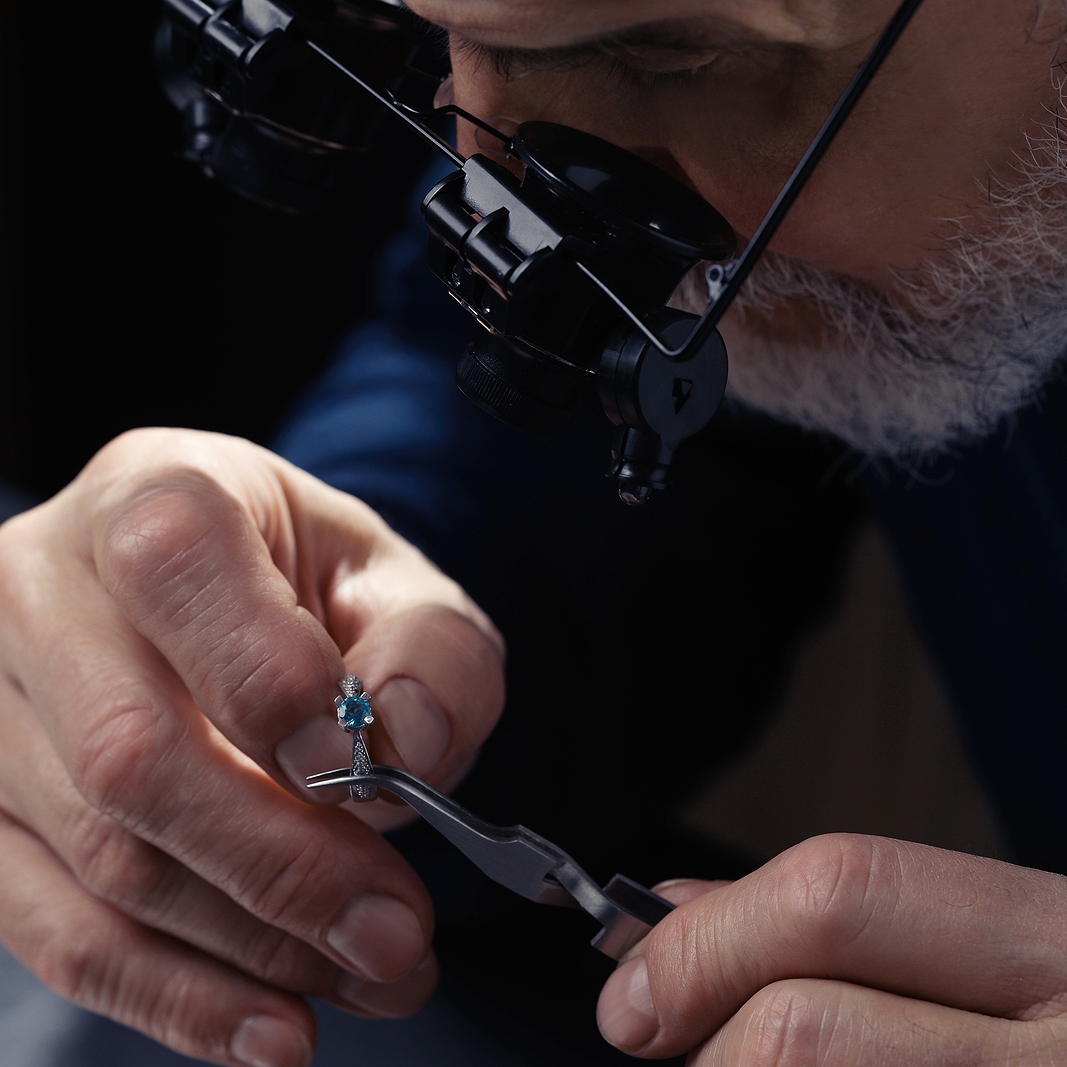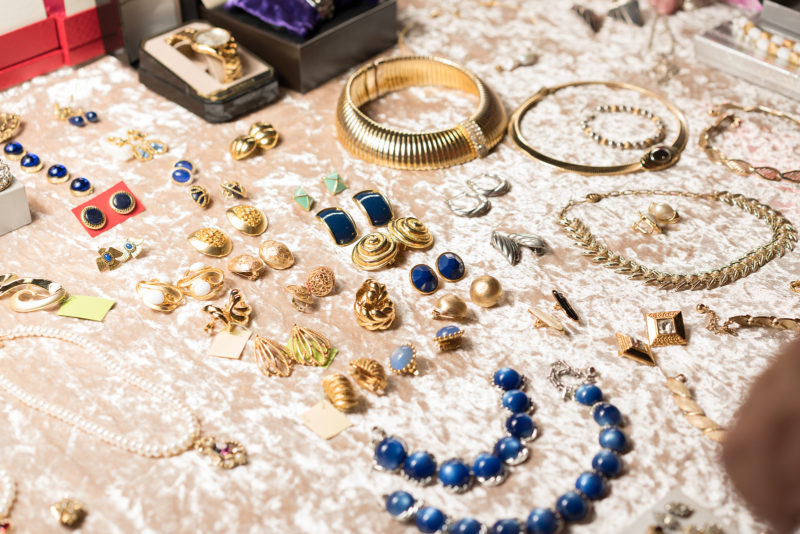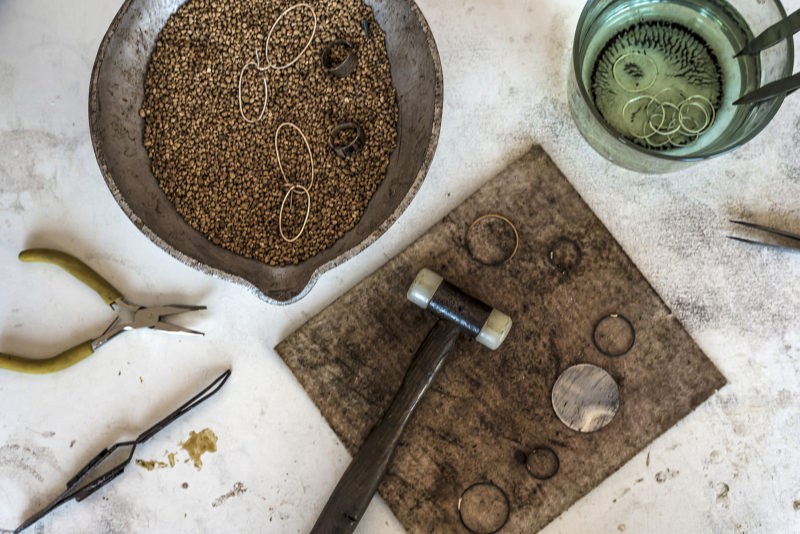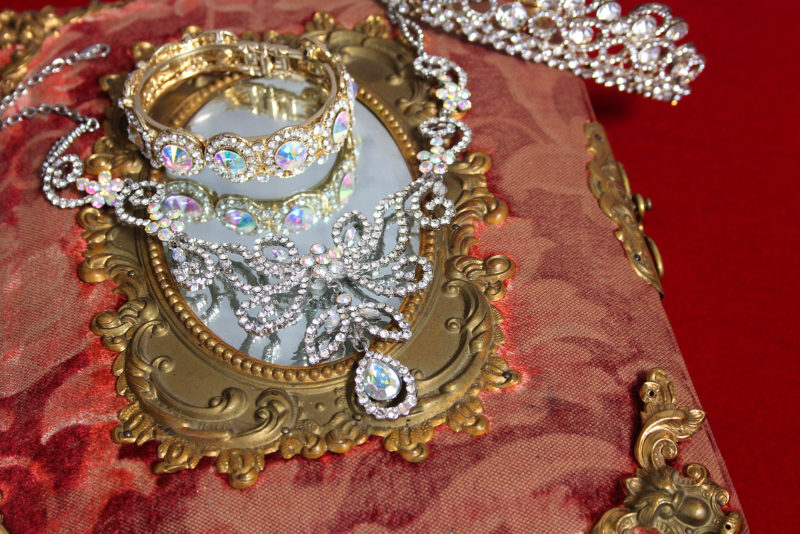
Antique jewelry, with its rich history, makes each piece unique and irreplaceable. These precious items, embodying the craftsmanship of bygone eras, often become family heirlooms. They require careful handling to preserve their allure.
If you’re thinking about restoring antique jewelry, there are several things to keep in mind.
Choose Parallel-Action Pliers
Selecting the right tools is a critical first step in jewelry restoration. Notably, parallel-action pliers hold a special place. Maun Industries says that parallel pliers offer more grip while applying less pressure, which is ideal for jewelry making where you don’t want to damage or indent your workpiece. They also suggest that smooth jaws are best, as serrated jaws can further scratch or damage your jewelry. These pliers allow you to perform intricate work without risking harm to the piece.
Understanding the Piece’s Value
Recognizing the inherent worth of the piece is crucial before restoration. This involves not only determining its market value but also considering various aspects.
- Historical Significance: Some antique jewelry pieces, like intricate necklace designs from the Victorian era, hold significant historical value. Their design, materials used, and craftsmanship can reflect the era’s culture and aesthetics, adding to their worth.
- Rarity: Antique jewelry pieces made from rare materials or boasting unique designs are often more valuable. Rarity can significantly elevate a piece’s worth.
- Artistry: The level of craftsmanship also plays a significant role in determining a piece’s value. Due to the skill and time in their creation, intricately designed pieces like detailed necklaces often have more value.
- Condition: The piece’s current state can greatly affect its value. Those with minimal wear and tear or damage are generally more valuable than those requiring extensive restoration.
Consult a trusted professional for an accurate appraisal before beginning restoration. This will help you understand the financial and historical worth of your timeless piece. Keep in mind that the preservation of your jewelry’s value is crucial in your restoration efforts.
Choosing the Right Professional
Not all jewelers are skilled in antique restoration. Look for professionals with expertise specifically in this area. They should be able to provide references and demonstrate a portfolio of successfully restored items. It’s also essential to consider the following:
- Experience: Professionals with years of experience will be more adept at handling delicate pieces and understanding their intricate designs. So, look for a highly experienced antique jewelry restoration expert.
- Specific Expertise: Find professionals who specialize in this area. They will be more familiar with the techniques and materials of bygone eras and be better equipped to restore the piece without compromising its authenticity.
- Reputation and References: A well-reputed professional usually indicates a track record of successful restorations. Ask for references or read reviews to get a sense of their past work and client satisfaction.
- Ethical Practices: Ensure the professional adheres to ethical practices, such as not replacing original parts without consent or using authentic materials for restorations.
Don’t settle for less. Your cherished piece deserves the best care, making it essential to invest time in finding the right restoration professional.
Proper Cleaning Techniques
Cleaning, a crucial part of the restoration process, must be done correctly. Various materials require different cleaning methods. For example, gemstones and metals need specific treatments.
Some antique pieces may have particularly fragile components. Always consult a professional before attempting to clean and care for your jewelry at home.
Preserving Historic Elements
Remember, the aim of restoration isn’t to make the piece look new but to preserve and enhance its historic character. Maintain significant features like original engravings or unique gem settings whenever possible.
If a piece is too worn or damaged, it’s sometimes better to leave it as is rather than risk destroying its historic charm. For example, a slightly faded inscription may contribute more to the piece’s character than a freshly engraved one.
Considering Future Maintenance
After restoration, maintenance is key to preserving the piece’s condition. This may involve regular cleaning, careful storage, and periodic professional check-ups.
The restored piece may also need protection from environmental factors like humidity or extreme temperatures. Therefore, ensure you’re ready for this commitment before deciding to restore a piece.
Patience Is Paramount
In antique jewelry restoration, patience is a virtue. The process is often time-consuming, requiring painstaking attention to detail. However, it’s essential to bear in mind that the end results are indeed well worth the wait.
Don’t forget rushing can lead to costly mistakes with priceless antiques. While it may be tempting to speed through the process, haste could sacrifice the restoration’s quality and integrity. So, if you want to preserve a piece of history, practice patience.
Conclusion
Restoring antique jewelry is a delicate task steeped in history and skill. Keeping these tips in mind can guide you effectively through the restoration process. With patience and the help of reliable professionals, your exquisite pieces can retain their unique charm and continue to tell their stories for generations.



